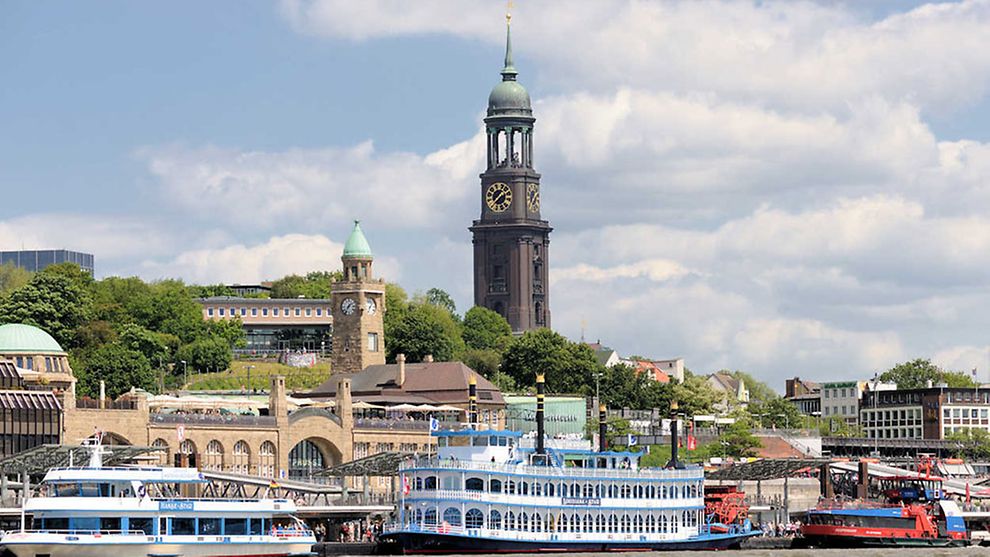



As of my last knowledge update in January 2022, here is a brief overview of the visit visa process for Germany. Please note that visa requirements and processes may have changed, so it's crucial to verify the most up-to-date information on the official website of the German Embassy or Consulate in your country:
1. Types of Visit Visas:
2. Application Process:
3. Submission:
4. Processing Time:
5. Visa Approval/Denial:
6. Length of Stay:
7. Extensions:
Always check the latest information on the official website of the German Embassy or Consulate in your country. The specific requirements and procedures can vary, so it's essential to follow the guidelines provided by the German authorities.
Germany is home to many famous and iconic landmarks, but some well-known places are:
1. The Brandenburg Gate and Pariser Platz
The Brandenburg Gate is the most famous landmark of Berlin and Germany. It is a monumental neoclassical arch on Pariser Platz in the heart of the city. The gate is topped by a Quadriga of horses driven by the goddess Victoria, symbolizing victory and peace. Pariser Platz is a historic square that connects the gate with the Unter den Linden boulevard, where many important buildings and monuments are located. The Brandenburg Gate is a witness of Berlin’s turbulent history and a symbol of unity and reconciliation.

2. St. Michael’s Church
Located in Hamburg, St. Michael’s Church is a baroque church on the banks of the Elbe river. It is one of the most famous landmarks of the city and one of the finest Protestant churches in Germany. It was built between 1647 and 1912 and was destroyed twice by fire and war. The church has a 132-metre high spire covered with copper, which offers a panoramic view of Hamburg and the harbor. The purpose of St. Michael’s Church is to serve as a place of worship, a cultural center, and a symbol of Hamburg’s history and identity.
